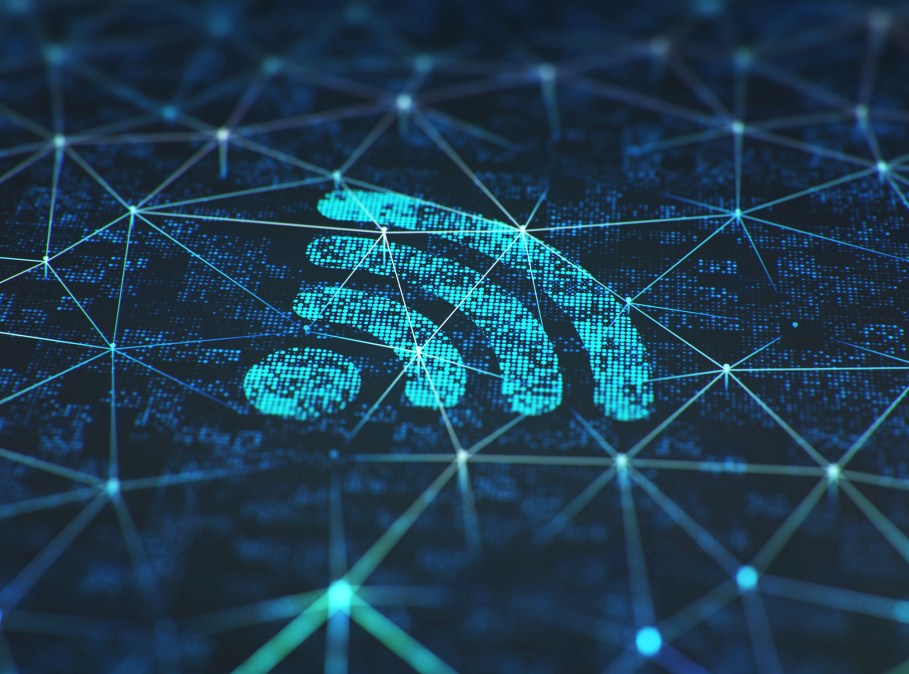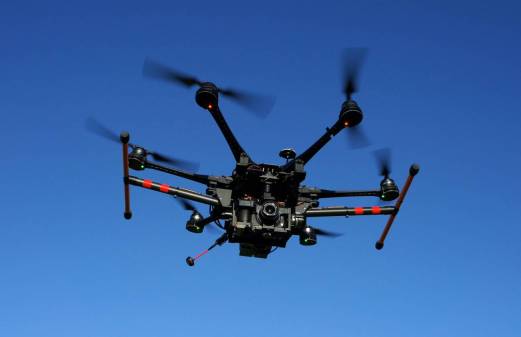Creative Wi-Fi programs are keeping university students connected

Washington State University extended wireless internet to the parking lots of all its buildings and San Jose State University in California is using Wi-Fi location analytics to monitor the number of people in on-campus buildings — both measures to ensure students stay connected to their learning and stay safe during the pandemic, technology leaders said during a recent online conference.
Higher education institutions have had to implement technology in new ways to better serve students since the pandemic disrupted education in March. Ensuring students have access to technology and stay connected to their classes, as well as remain safe on campus as they resume some in-person instruction, has been a focus of universities this year, Simon Tompson, the head of audience marketing at Cisco Meraki, said during Educause’s online conference last week.
When Washington State University moved classes online midway through the spring semester, university Chief Information Officer Sasi Pillay said he and other university leadership immediately began work to prepare students for the transition to remote learning, and part of that was addressing the needs of students who don’t have access to Wi-Fi or internet-connected devices.
One-third of WSU’s students are first-generation college students who might not have access to all of the resources to fully engage with online learning, Pillay said.
“We quickly realized that many students do not even have the technology,” he said.
As a result, the university put together programs to loan students computers and set up personal Wi-Fi hot spots for them. But this alone was not sufficient, Pillay said.
To help even more students gain access to high-speed internet, WSU deployed Wi-Fi in the parking lots at 50 of its locations across the state. It also made Wi-Fi available to students attending other schools in Washington, as well as state residents.
San Jose State University in California is also using WI-Fi in a new way, but instead to keep students safe as they return to campus, Shai Silberman, director of network services at SJSU said.
SJSU is using its existing Wi-Fi architecture and location analytics to better understand where people are located on campus, Silberman said. This way the university can make data-driven decisions, like what a building’s occupancy limit should be, and students and staff can be made aware of potential health hazards, like large groups of people, he said.
And while this data has an obvious use to keep people on campus safe during the pandemic, Silberman said there will be other uses for the technology after the pandemic, as well, including helping students find quiet areas to study on campus and to help the university know if facilities and on-campus resources are being used efficiently.




